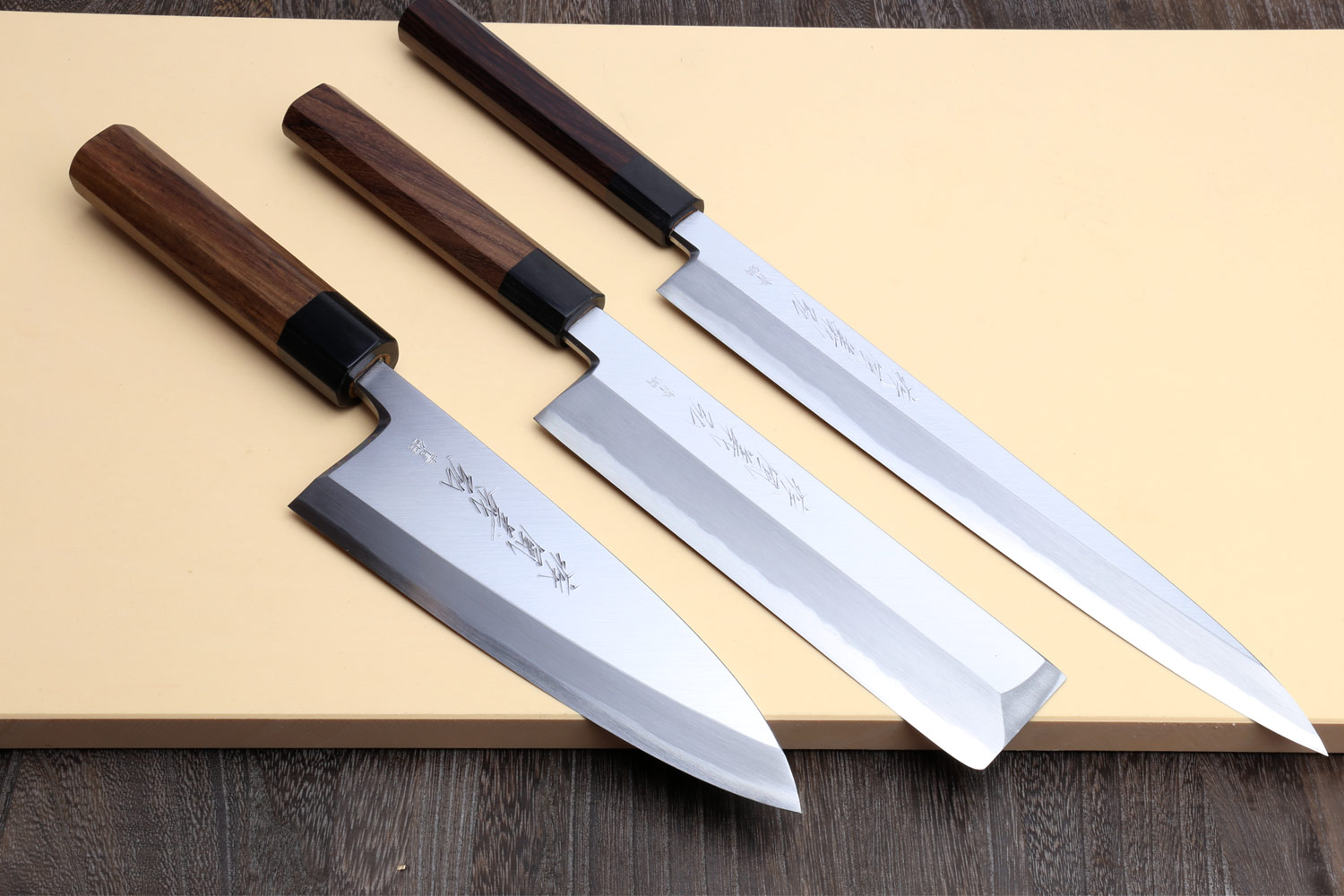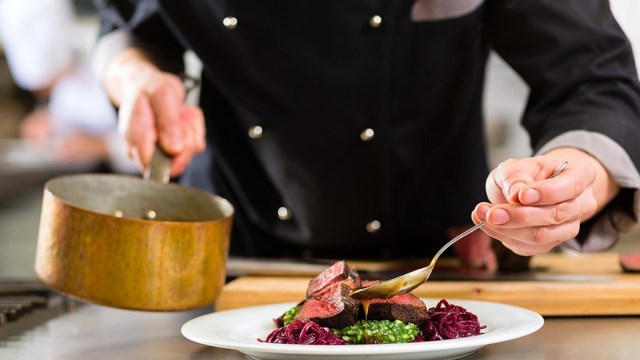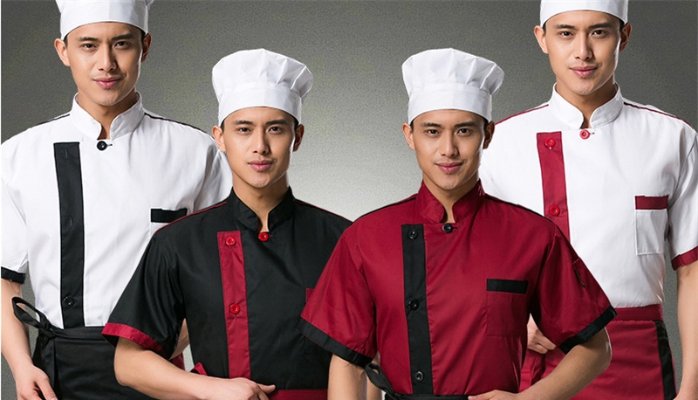
There are lots of reasons for Japanese cuisine which makes it stick out easily. The majority of the Japanese dishes are generally scrumptious and healthy. Lots of people even consider preparation from the dishes to become a type of art. Japan, with regards to preparing food, are perfectionists. They’ve many different types of Japanese chef knives accustomed to cut different types of food. Japan slice their sashimi so precisely due to the Yanagiba, a Japanese chef knife that’s employed for cutting raw fish. If you wish to achieve exactly the same precision, you ought to have a minumum of one japan chef knives below inside your kitchen.
Santoku
The Santoku is really a Japanese chef knife we know of because of its convenience and flexibility. Santoku is loosely converted as “three benefits.” Santoku has 3 uses: slicing, dicing, and mincing. The Santoku can be used as just about anything varying from fish, meat, and vegetables. The blade size usually varies from five to seven inches, however, there are smaller sized ones. The Santoku includes a Sheep’s feet design and it has limited clearance around the horizontal plane in addition to minimal rocking motion. Santoku knives are very well-recognized for their very sharp edges. They likewise have a granton edge release pattern which makes it simpler to create thin slices with sticky food. Obtain a Santoku knife to jumpstart your kitchen area knives collection.
Gyuto
This is actually the counterpart from the western blade. Such as the Santoku, the Gyuto can also be an exciting-purpose Japanese chef knife. The main difference between Gyuto and Santoku is its size. The Gyuto is bigger compared to Santoku since it is thought that the Gyuto was initially designed for cutting beef in large slices. Actually, the Gyuto could be roughly converted to cow blade. Gyuto has become recognized to slice meat, fish, and vegetables, similar to the western blade. The main difference backward and forward is the fact that Gyuto is renowned for its harder and tougher steel construction. Also, Gyuto has a double grind edge.
Gishiki
Gishiki-Bocho, or just Gishiki, is really a niche Japanese chef knife. It’s employed for filleting the fish without getting both hands pressing the fish. Everything the chef uses may be the knife and silver chopsticks. Shiki-Bocho may be the term that describes both the entire process of filleting fish by doing this and the person who carrying it out. This can be a early type of Japanese chef knife. It’s been employed for almost 1000 years. You won’t find this model in a lot of consumer kitchens since it takes expert hands to control. The Gishiki knife is generally single grind and it has a blade period of almost one foot.
Kurimuki
If you want to peel vegetables and fruit, you are best utilizing a kurimuki knife Japanese chef knife. The knife’s geometry is equipped to support different shapes of vegetables and fruit. It roughly translates in Japanese to mean chestnut skin peeling knife. If you want to peel a very small vegetable or fruit, Kurimuki is the greatest knife with this job. Unlike the conventional knife, this small , compact Japanese chef knife provides you with additional control within the vegetable or fruit.
Now you are conversant a couple of from the Japanese chef knives available you are prepared to begin slicing and dicing. Click on the links below to find the best deals on Japanese blades.










